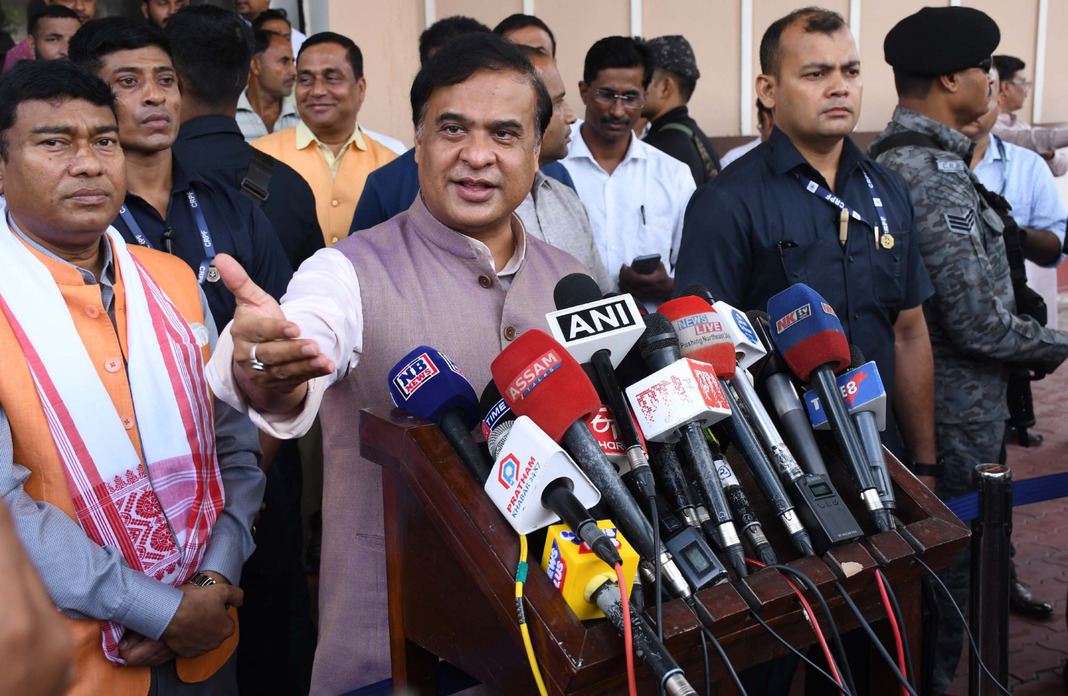Dipak Kurmi
Climate change is no longer a distant or abstract phenomenon; it has become an undeniable reality, disproportionately impacting the world’s poorest and most vulnerable communities. For these populations, climate change transcends environmental boundaries and manifests as a relentless daily struggle for survival. Living in fragile conditions, these communities face the compounded effects of climate-induced disasters such as floods, droughts, and extreme weather events, which destroy their homes, obliterate livelihoods, and destabilize food security. As global warming intensifies, it exacerbates existing social and economic inequalities, pushing marginalized groups further into the abyss of vulnerability and highlighting the urgent need for inclusive, compassionate, and effective climate action.
A sobering reminder of this intersection between climate vulnerability and inequality is provided by the International Labour Organization (ILO) in its World Social Protection Report 2024-26. Titled Universal Social Protection for Climate Action and a Just Transition, the report uncovers alarming statistics: over 90 percent of people in the 20 countries most severely affected by the climate crisis lack access to essential social protection measures, such as unemployment benefits or child welfare programs. In the 50 most climate-vulnerable nations, a staggering 2.1 billion people—approximately 75 percent of the population—remain unprotected. This glaring gap in social safety nets leaves millions exposed to the relentless onslaught of climate change, intensifying their plight and underscoring the structural inequities that magnify the risks for marginalized communities.
India, as one of the nations on the frontline of the climate crisis, exemplifies the immediate and profound effects of global warming. The Yale Program on Climate Change Communication reveals that 85 percent of Indians have directly experienced the impacts of climate change—a significant 11 percent increase from the previous year. These experiences range from devastating heatwaves to erratic rainfall and rising sea levels, which are already reshaping the country’s social and economic landscape.
Unequal Consequences of Climate Disasters
The unequal toll of climate change is glaringly evident in the disparity of mortality rates during climate-induced disasters. Between 2010 and 2020, high-vulnerability regions experienced death rates from floods, droughts, and storms that were 15 times higher than those in low-vulnerability areas. In South Asia, this inequity manifests starkly, as research estimates that up to 45 million Indians could be displaced by 2050 due to rising sea levels and shifting rainfall patterns. For marginalized groups, these disruptions mean not just the loss of homes but the erosion of livelihoods, culture, and community ties.
Challenges in Transitioning to Renewable Energy
While transitioning to renewable energy presents an opportunity to combat climate change, it also brings with it a host of socio-economic challenges. In India, 85 percent of the population acknowledges the environmental benefits of renewable energy, particularly in reducing air pollution. However, concerns remain regarding potential job losses in traditional energy sectors and the rising costs of electricity, which could disproportionately burden lower-income households. Striking a balance between environmental goals and socio-economic realities is imperative to ensure that progress toward sustainability does not come at the expense of equity.
The Need for Inclusive and Equitable Solutions
Effective climate action requires an understanding of the deep-rooted inequalities that shape vulnerability to climate change. Policies such as carbon pricing, if not implemented thoughtfully, could inadvertently increase financial strain on low-income households. Similarly, conservation initiatives that restrict access to forests risk undermining the livelihoods of Indigenous populations who rely on these resources. Inclusive solutions demand active community engagement, where affected populations are not just beneficiaries but active participants in decision-making processes.
India offers examples of community-led initiatives that have successfully addressed such challenges. In the Bundelkhand region, local water management projects have mitigated the impacts of climate change by improving access to critical resources, thereby reducing migration rates and enhancing community resilience. These grassroots efforts underscore the potential of participatory approaches to deliver tangible, equitable outcomes in the fight against climate change.
India’s Commitment to Climate Action
India’s pledge to achieve carbon neutrality by 2070, alongside its interim goals for 2030, represents a significant step forward in addressing the climate crisis. Achieving these ambitious targets will require collaborative efforts involving governments, businesses, and communities. Investments in renewable energy, sustainable agricultural practices, and green infrastructure are essential to building a resilient future. At the same time, promoting climate literacy through educational initiatives can empower communities to better understand and advocate for their needs, fostering a more inclusive and informed dialogue around climate policies.
The Cost of Inaction
Failure to act decisively on climate change will have catastrophic consequences. Global temperatures could rise by over 3°C, unleashing more frequent and severe extreme weather events that threaten ecosystems and human survival. In South Asia, millions are already displaced by climate disasters, while heatwaves in India with temperatures exceeding 50°C disrupt lives and economies. The accelerating pace of human-induced warming, currently at 0.26°C per decade, adds urgency to the need for sustained and immediate action.
A Call to Action
Addressing the dual crises of climate change and inequality requires a holistic approach that combines environmental stewardship with social justice. Climate policies must prioritize the most vulnerable, ensuring that they are not left behind in the pursuit of sustainability. By investing in social protection systems, fostering community-led solutions, and balancing economic realities with environmental goals, we can chart a path toward an equitable and sustainable future.
The stakes are too high to ignore. Climate change is not just an environmental issue but a humanitarian crisis that demands collective action from all sectors of society. The time to act is now—before the cost of inaction becomes insurmountable.
(the writer can be reached at dipakkurmiglpltd@gmail.com)




